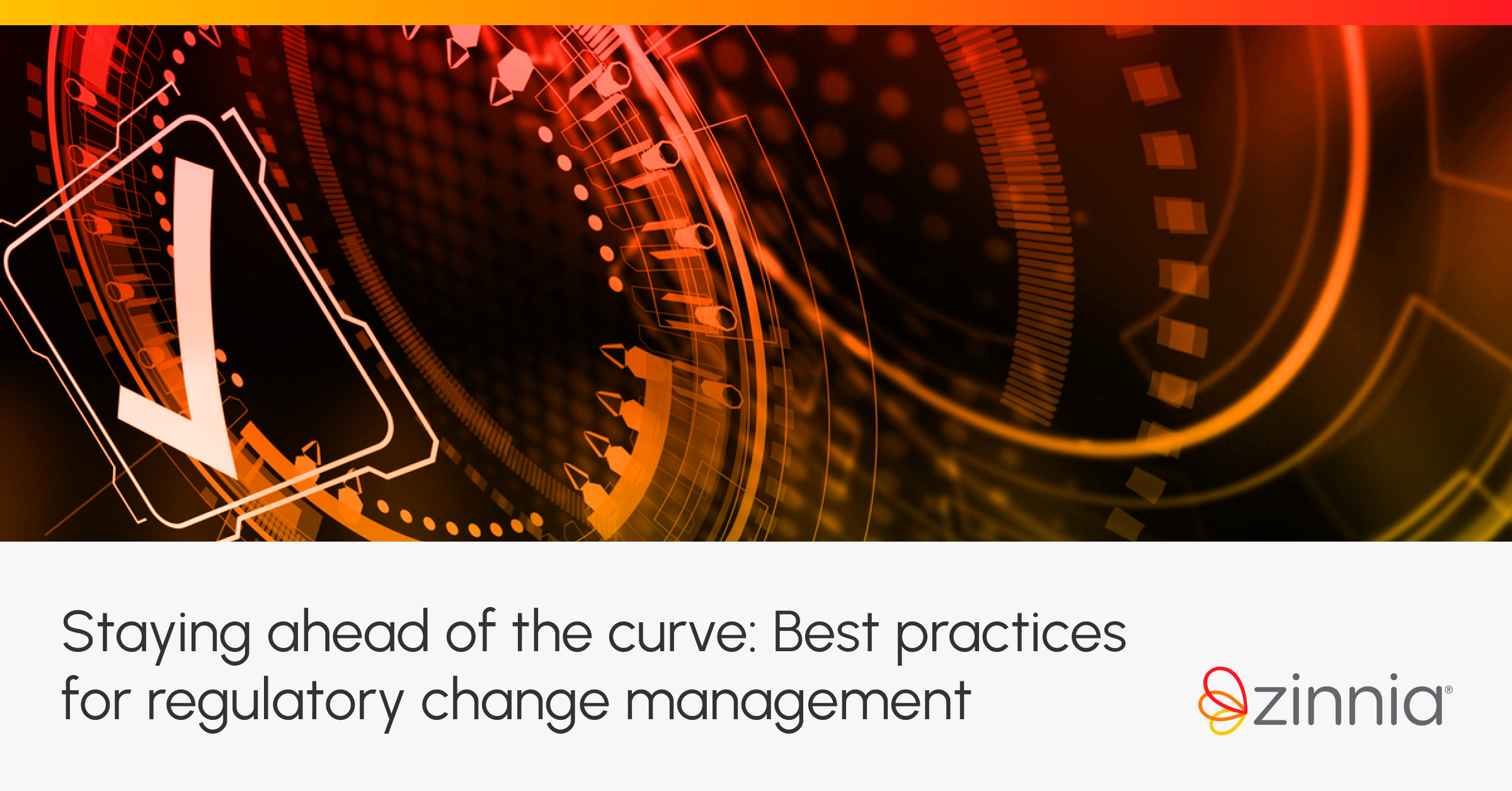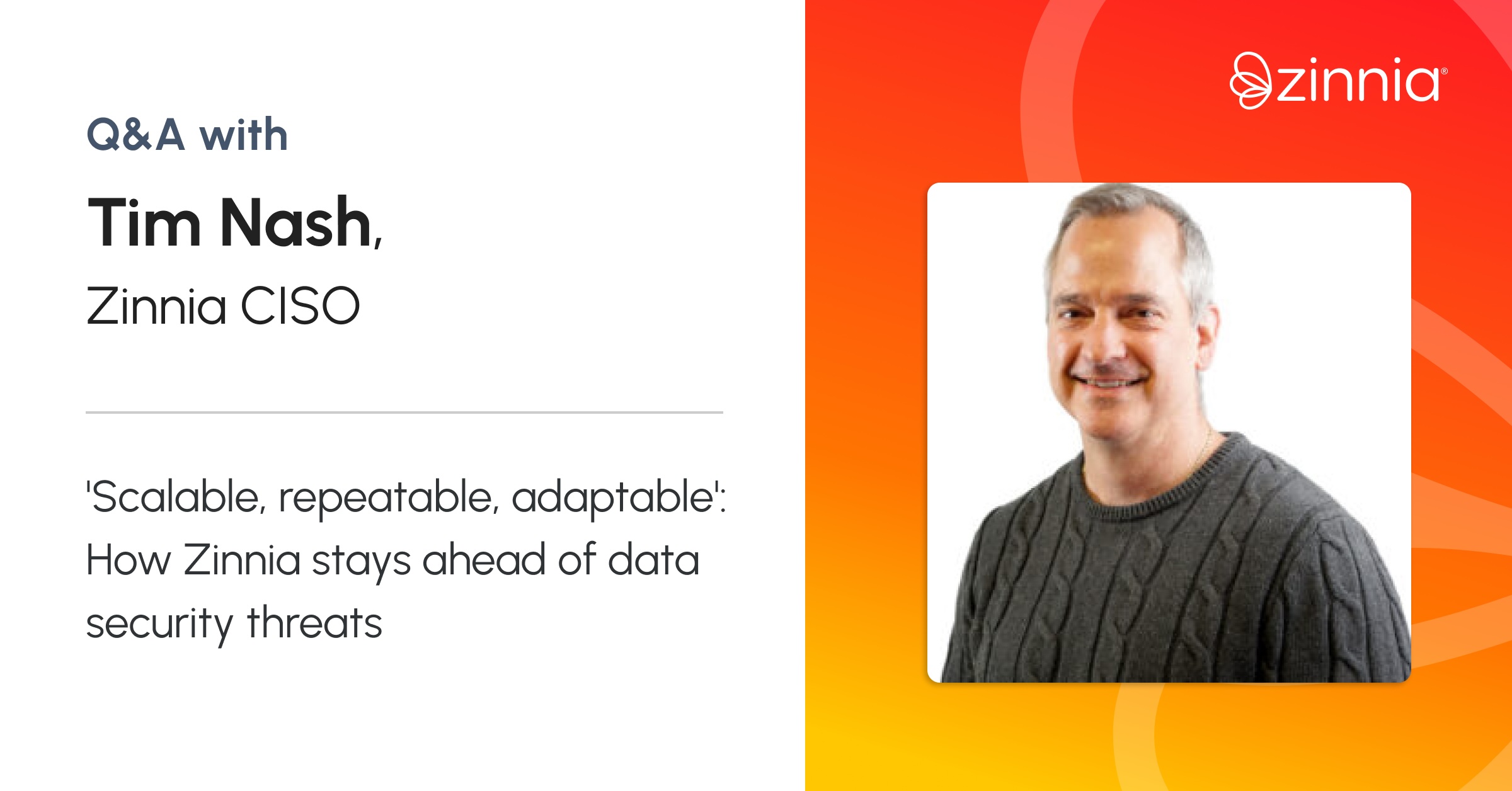With the rise of generative AI, there’s been a rush to incorporate AI tech into every industry, and insurance is no exception. Yet it’s critical to ensure that any AI use is driving meaningful business value. In a May 9 webinar, Mitch Wein, executive principal at Datos Insights; Daniel Gremmell, chief data officer at Zinnia; and Chris Eve-Levesque, director of technology for AI solutions at Zinnia, gave an overview of how life & annuity insurers can leverage AI strategically in a number of areas — from marketing to underwriting to customer service.
Here are four takeaways from their discussion.
Adopting a process and product mindset is key
It’s exciting to implement new technologies, but at the same time it’s crucial to ensure that any AI use has a defined purpose. Zinnia “approach[es] AI from a problem-driven and product perspective,” Gremmell said. “We also want to make sure that we’re solving real problems in the insurance space.”
He also emphasized that it’s critical to think through how to generalize and scale the technology to solve problems across the organization. “We tend to think about our AI investments as products that we can reuse,” Gremmell said.
AI also requires a shift in mindset among technologists when it comes to building products. “One of the big differences I observe with the AI-driven deployment process … is that now, the fundamental logic is no longer completely controlled, but instead it’s statistically approximated,” Eve-Levesque said. It’s no longer about identifying one bug or one problem, he explained, but rather it’s about assessing the quality of the logic they’ve built in the software.
Contact centers offer huge opportunities for AI-driven efficiency
GenAI can summarize, analyze, and categorize large sets of unstructured data in order to produce a desired output. This makes it particularly useful for contact centers — data from thousands of customer calls has historically been difficult to process, analyze, and assess at scale.
One practical use case includes using AI to generate summaries containing key details for each call, saving agents from having to write down manual notes after each one.
Gremmell and Eve-Levesque presented a case study detailing how Zinnia used GenAI within its customer contact center to cut call duration and the amount of after-call work needed.
In addition to the immediate benefit of reducing inefficient manual tasks, AI and machine learning “transform[s] the conversation into a set of structured data,” Eve-Levesque explained, driving further insights that can help with call QA and agent performance management, as well as improving the overall customer experience.
Becoming ‘fast friends’ with legal and compliance is critical
Gremmell advised that anyone looking to implement AI in their organization seek close partnerships with legal, compliance, and risk stakeholders. He said this has been a strategic advantage at Zinnia.
“There are new regulations that are being considered almost every day,” Gremmell said. “Having a team that can keep up with that, and inform folks like us who are developing technology, is a key muscle that we need to have.”
Ensuring regulatory compliance, along with establishing clear AI governance policies and implementing privacy and security protocols, can help organizations lay the framework for successful AI integration.
AI will augment existing technology and workers, not replace them
GenAI tools present exciting new opportunities, in part because of how they can supplement and combine other pre-existing types of AI, such as image, text, voice, and machine learning. But Wein noted that they must work with the industry’s existing technology, such as policy administration systems and rating engines.
“We’re going to have large language models in particular being supplemented over and on top of those other technologies […] and utilizing the data ecosystems that have been established,” Wein explained.
Just as AI will complement existing technology, it will also complement humans, rather than fully replace them. Wein acknowledged that the potential for AI is “too great to ignore” and that insurers will need to embrace these tools to gain a competitive edge. However, he listed an important caveat: “Humans still need to be in the loop. The AI cannot think for itself.”




